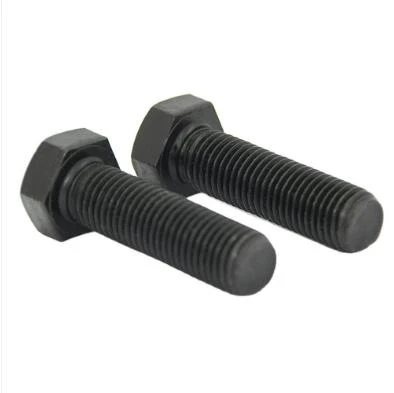oem aerospace washers
Dec . 05, 2024 13:57 Back to list
oem aerospace washers
Understanding OEM Aerospace Washers A Critical Component in Aviation Engineering
In the world of aerospace engineering, every component plays a significant role in ensuring the safety, reliability, and efficiency of aircraft. Among these components, OEM (Original Equipment Manufacturer) aerospace washers are often underestimated but are crucial in various applications. This article explores the importance, types, and manufacturing standards of OEM aerospace washers, highlighting their role in the aviation industry.
What Are OEM Aerospace Washers?
OEM aerospace washers are specialized fasteners used in aircraft assemblies. Designed and manufactured to meet stringent aerospace standards, these washers are used in conjunction with bolts, screws, and other fasteners to distribute load, minimize vibration, and prevent fatigue failure. They are essential in providing a secure joint between components, ensuring structural integrity during flight.
Importance of Aerospace Washers
The aerospace industry demands the highest level of precision and reliability. Washers serve multiple purposes
1. Load Distribution Washers help distribute the load of the fastener over a larger surface area. This is particularly important in aviation, where structural materials often have different mechanical properties.
2. Vibration Dampening Aircraft experience considerable vibrations during flight. Washers can mitigate these vibrations, thereby preventing loosening of fasteners over time and enhancing the overall safety and performance of the aircraft.
3. Corrosion Resistance Given the environmental challenges faced by aircraft, such as exposure to moisture, temperature fluctuations, and chemical corrosion, OEM washers are often manufactured from materials that offer superior corrosion resistance, ensuring longevity and reliability.
4. Sealing Some washers are designed to provide a seal to prevent leakage of fluids, which is critical in various aerospace applications. This sealing capability is vital for the safety of flight systems, such as fuel and hydraulic systems.
Types of Aerospace Washers
oem aerospace washers

Aerospace washers come in numerous designs and materials, each tailored to specific applications. Some common types include
1. Flat Washers These are the most basic type, used to provide a level bearing surface for nuts and bolts.
2. Lock Washers Designed to prevent loosening due to vibration, lock washers can be split, toothed, or serrated.
3. Belleville Washers These conical washers are used for applications requiring a spring-like action, providing tension in bolted joints.
4. Sealing Washers Used to prevent leaks, these washers come with a built-in rubber seal. They are commonly found in hydraulic and fuel systems.
5. Spring Washers These provide flexibility and resilience, accommodating thermal expansion and contraction within aircraft components.
Manufacturing Standards
The aerospace industry is governed by strict regulations and standards to ensure the highest level of safety. OEM aerospace washers are manufactured according to specifications set by organizations such as the Federal Aviation Administration (FAA), European Union Aviation Safety Agency (EASA), and various military standards. Compliance with standards like AS9100 ensures that manufacturers implement effective quality management systems, which minimize defects and maintain rigorous testing protocols.
Materials used for manufacturing OEM aerospace washers also adhere to aerospace-grade specifications, such as stainless steel, aluminum alloy, titanium, and various composite materials. These materials are chosen based on their mechanical properties and resistance to temperature changes and environmental factors.
Conclusion
Though often overlooked, OEM aerospace washers are integral to the safe and efficient operation of aircraft. Through effective load distribution, vibration dampening, and corrosion resistance, these seemingly small components play a significant role in maintaining aircraft integrity. Understanding the various types and manufacturing standards of aerospace washers is essential for aerospace engineers, manufacturers, and maintenance personnel. As the aviation industry continues to evolve, so too must the standards and innovations surrounding components like OEM aerospace washers to ensure the highest safety and performance levels in aviation technology.
Latest news
-
High-Quality Panel Stud Bolt Reliable Panel Stud Bolt Factory & Suppliers
NewsJul.08,2025
-
High-Precision Fine Thread Locknuts Manufacturer & Supplier Custom Solutions
NewsJul.08,2025
-
PH Imperial Stud Bolt – High Strength Fasteners from Leading Supplier & Factory
NewsJul.07,2025
-
High-Quality Allen Wrench Bolts Leading Factory, Company & Suppliers
NewsJul.07,2025
-
Wholesale Ball Stud Bolt - High Quality Supplier & Factory Price Reliable Wholesale Ball Stud Bolt Company
NewsJul.06,2025
-
High-Strength Alloy Bolts Manufacturer & Supplier Quality Alloy Fasteners Factory
NewsJul.06,2025
